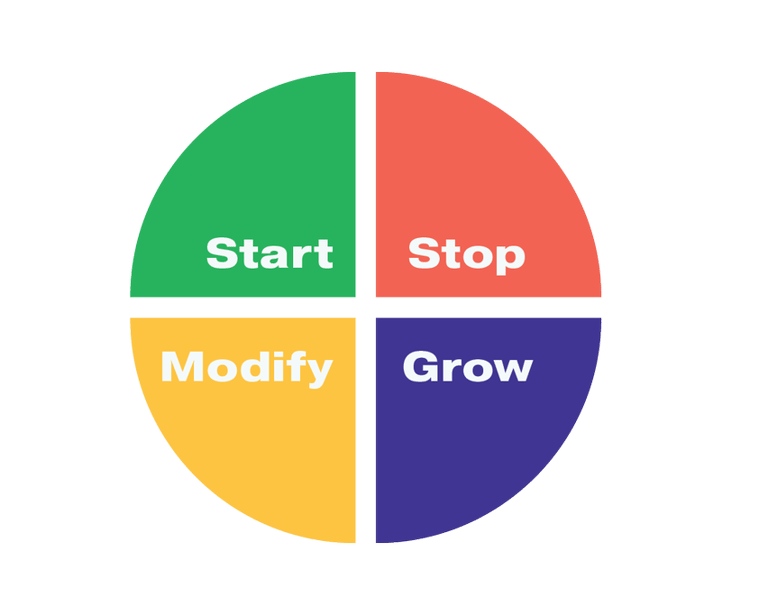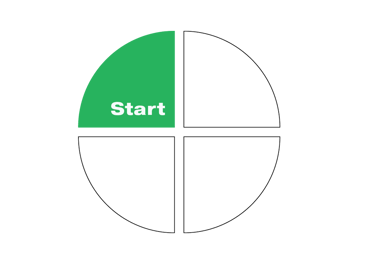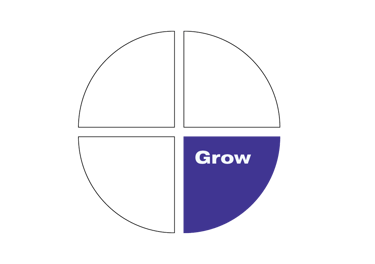Which challenges need behavioural science?
GUIDES
Lauren Alys Kelly
1/5/20254 min read
Which challenges need behavioural science?
Behavioural science isn’t for everything.
It’s a powerhouse for solving people problems, but not every challenge is a fit.
The trick is knowing when to deploy it—and when to look elsewhere.
If you’re working on a design, product, or change project, these are the four challenge types that scream for a behavioural approach:
Start New Behaviours
Stop Unwanted Behaviours
Modify Existing Behaviours
Grow Positive Behaviours
Each one has its own challenges, strategies, and metrics for success. Let’s break them down.


1. Start New Behaviours
This is about creating something new—getting people to take actions they’ve never taken before. Think trying out a new app, adopting a fresh feature, or building a daily habit.
What It Looks Like
Imagine you’re launching a financial app. You’re not just giving users a budgeting tool—you’re asking them to start a new habit of regularly tracking their spending.
Challenges
Inertia: People resist change. They stick to what they know, even when the new thing is better.
Attention: Your design has to cut through the noise and stand out.
Approach
Two words: Attractive and Easy.
Make the behaviour visually appealing, straightforward, and instantly rewarding.
Use interactive guides or onboarding flows to reduce uncertainty and lower the barrier to entry.
Strategy
Highlight Benefits.
People don’t act unless they see what’s in it for them. Show them how the new behaviour makes their life easier, better, or more enjoyable. For example, display savings milestones in a finance app to prove the value of consistent use.
Metrics for Success
Adoption rates: How many people are starting the behaviour?
Early engagement: Are users sticking with it after trying?
Feedback: Are people finding it easy and rewarding?


2. Stop Unwanted Behaviours
Sometimes, the goal isn’t to add something—it’s to remove it. You’re helping people let go of habits or processes that no longer serve them.
What It Looks Like
Imagine convincing users to stop relying on outdated software that slows them down. You’re not just telling them to quit; you’re showing them a better way forward.
Challenges
Comfort: People cling to the familiar, even when it’s inefficient.
Resistance: Breaking a habit feels like loss, and people avoid loss at all costs.
Approach
Focus on two things: Barriers and Alternatives.
Remove the hurdles keeping people stuck in their old ways.
Offer clear, compelling alternatives that are impossible to ignore.
Strategy
Compel Change.
Show the cost of staying the same and the benefits of moving forward. For example, highlight the security risks of using outdated software and the productivity boost of upgrading.
Metrics for Success
Reduction: Are users abandoning the old behaviour?
Transition: Are they adopting the alternative?
Sentiment: Is the change perceived as a win?


3. Grow Positive Behaviours
When something works, the next step is to amplify it. This is about taking behaviours that already deliver value and making them even bigger.
What It Looks Like
Imagine a fitness app that’s helped users build a running habit. Now, it’s time to grow that behaviour—maybe by adding group challenges or expanding into new fitness activities.
Challenges
Sustaining Momentum: Initial excitement fades. You need to keep the energy alive.
Scaling: Reaching new audiences or contexts without diluting the experience.
Approach
Two focuses: Reach and Intensity.
Expand the behaviour to new user groups or contexts.
Deepen the behaviour by increasing frequency or impact.
Strategy
Broaden Impact and Build Community.
Show users the bigger picture. Highlight how their actions contribute to a larger goal or group. For example, a sustainability app might show how small eco-friendly choices contribute to global impact.
Metrics for Success
Growth: Are more people adopting the behaviour?
Depth: Are existing users engaging more often or more deeply?
Spread: Is the behaviour crossing into new contexts or groups?


4. Modify Existing Behaviours
Sometimes, people are already on the right track—they just need a little nudge to make things smoother, faster, or better.
What It Looks Like
Think streamlining a checkout process to reduce friction. The behaviour exists, but tweaks can make it more efficient and satisfying.
Challenges
Balance: Changes need to feel natural, not disruptive.
Backlash: Altering something people like can trigger resistance (ever hated a brand for tweaking a recipe?).
Approach
Focus on Optimisation.
Improve efficiency, safety, or enjoyment without overcomplicating the experience.
Use behavioural insights to fine-tune tweaks at the individual, social, and environmental levels.
Strategy
Show Consequences.
Demonstrate how the modification improves outcomes. Use side-by-side comparisons or walkthroughs to highlight the upgrade’s value.
Metrics for Success
Engagement: Are users interacting with the feature more?
Satisfaction: Are they happier with the experience?
Efficiency: Are processes faster or simpler?


Not every challenge needs behavioural science. But when you’re working to start, stop, modify, or grow behaviours, it’s the difference between guessing and knowing.
Here’s the formula:
Start: Make it attractive and easy.
Stop: Remove barriers and compel change.
Modify: Optimise and highlight benefits.
Grow: Broaden impact and deepen engagement.
Get these right, and you won’t just solve problems—you’ll create lasting, meaningful change.
Author
Catch-up


Lauren Alys Kelly
Founder
Lauren makes behaviour behave. As the founder of BehaviourKit and Alterkind, she’s helped teams like Meta and Microsoft tackle behaviour challenges with clarity and impact.
Subscribe to BehaviourKit for instantly smarter insights.
Copyright © 2025 Alterkind Ltd. All rights reserved. Behaviour Thinking is a registered trademark of Alterkind Ltd.
For licensing inquiries, additional permissions, or to learn more about the terms of use, please contact support@behaviourkit.com.
Contact us
Or email us direct:
hello@behaviourkit.com
